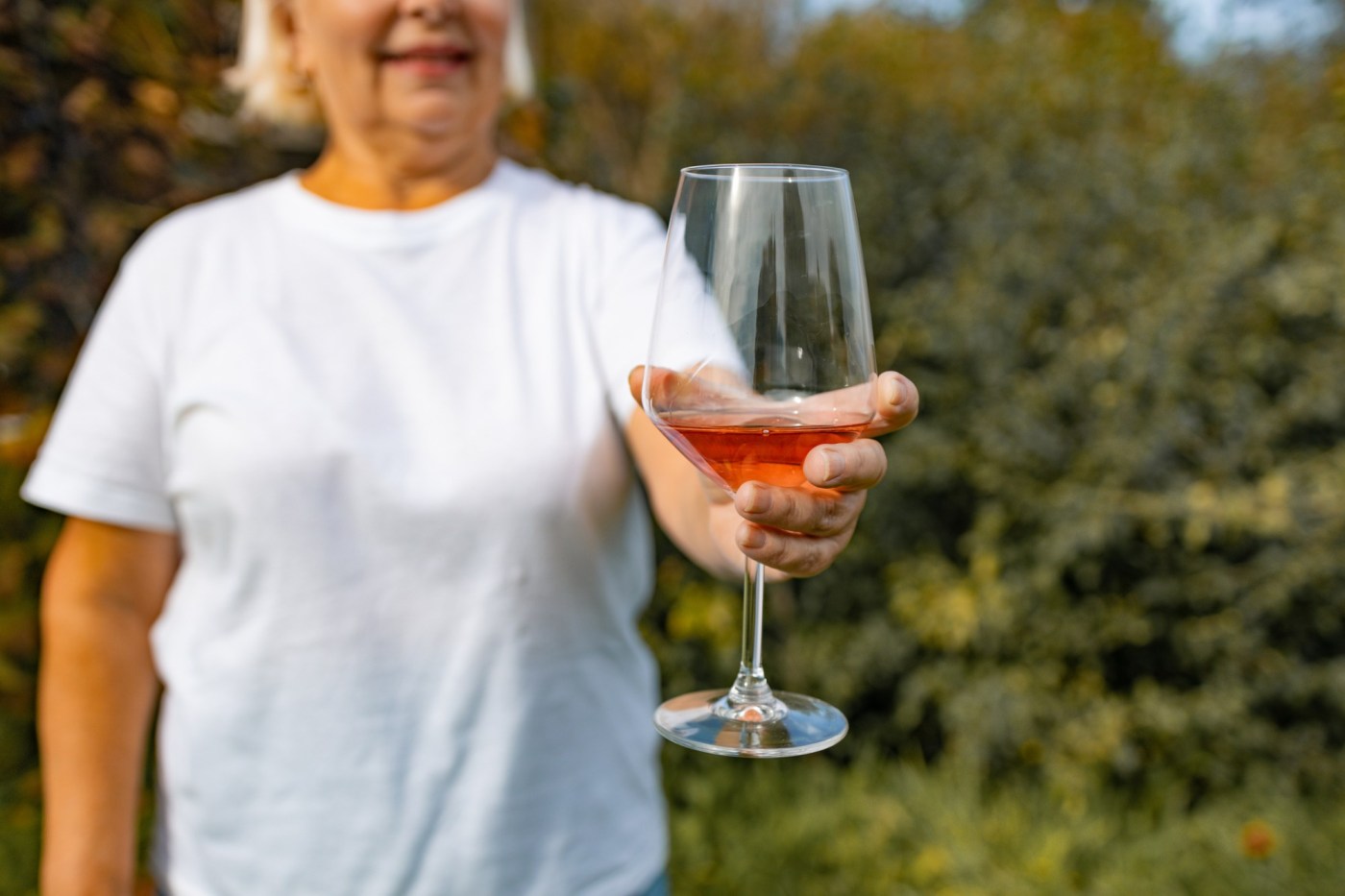Q. I have a concern about my 75-year-old mother. Since my father died two years ago, my mother is drinking a lot more wine than usual. It begins early afternoon with a few glasses, then a few more glasses at dinner and then the final glass of wine she takes to bed with her, indicating it helps her sleep. She keeps a plastic container of white wine in the refrigerator and pours it like orange juice. I know she misses my father daily. Any suggestions what to do? D.H.
The concern you raised reflects a growing trend among older adults. Let’s begin by taking the following quiz to get a sense of what we know about alcohol use and the older population. You will not be graded!
1. Alcohol disorder among older adults has slightly increased over the years.
False. It has dramatically increased among those age 65 and older. One epidemiologic survey found that between 2001 and 2013 the rate of alcohol disorder has increased 107 percent.
2. Binge drinking rarely occurs among older adults.
False. Data from the National Survey on Drug Use and Health indicate that approximately 20 percent of adults aged 60-64 and around 10 percent over age 65 report current binge drinking. Binge drinking is defined as consuming five or more alcoholic beverages on one occasion.
3. Alcohol use disorder (AUD) is a medical condition.
True. It is defined as the “impaired ability to stop or control alcohol use despite adverse social, occupational or health consequences.” Considered a brain disorder, AUD can be mild, moderate, or severe.
4. The recommended amount of alcohol recommended to promote health and prevent disease is two drinks a day or less for men and one drink a day or less for women.
True. These are the guidelines developed by the U.S. Department of Agriculture and the U.S. Department of Health and Human Services. They have determined what the average American should eat and drink to promote health and help prevent chronic disease.
5. It’s easy to define one drink: it’s just one drink.
False. The definition is rather specific depending on what you drink. One drink is equivalent to the following:
12 ounces of regular beer (5 percent alcohol)
8 or 9 ounces of malt liquor (12 percent alcohol)
5 ounces table wine (12 percent alcohol)
1.5-ounce of distilled spirits of gin, rum, tequila, voka, whiskey, etc.; (40 percent alcohol)
6. Genetics increases the risk of alcohol use disorder.
True. Genetics accounts for approximately 60% of the overuse of alcohol. The risk is influenced by the interaction of a person’s genes and their environment.
7. People who drink daily have an alcohol use disorder.
False. “People who drink daily do not necessarily have alcohol use disorder. And not all who have an alcohol use disorder drink every day. But heavy drinking, even occasionally, can have harmful effects.”
8. For strong and fit adults, an alcohol disorder has minor consequences.
False. Drinking too much for anyone over a long period of time can lead to some types of cancer, liver and brain damage. It makes osteoporosis, diabetes, high blood pressure and mood disorders worse.
9. AUD causes about 20 percent of fatal falls in the U.S.
False. It causes far more – 65 percent – of fatal falls. For older adults, in particular, too much alcohol can lead to poor balance and falling. Since older adults have thinner bones than younger adults, falls can result in hip and arm fractures.
10. Older adults are more sensitive to alcohol than younger adults.
True. Older adults typically metabolize alcohol more slowly. We know that lean body mass declines with age which means there is less muscle to absorb the alcohol. Older adults feel the effects of alcohol more quickly, even consuming lower amounts of alcohol than when they were younger.
Now, what to do? Consider having a conversation with your mother about her sadness and grief in missing your father and recommend a support group or meeting with a counselor. You might express your concern about the health implications of her drinking and suggest she see her doctor for a checkup.
There are some websites that might be helpful.
To evaluate your mother’s relationship to alcohol, see the website Rethinking Drinking and look at the “pros and cons’ section. https://rethinkingdrinking.niaaa.nih.gov/how-much-too-much/what-are-symptoms-alcohol-use-disorder-aud
Check out Seniors for Sobriety, a subgroup of Alcoholics Anonymous that holds virtual meetings. https://lacoaa.org/meeting-details.php?id=925. Note: LACOAA stands for the Los Angeles Central Office of Alcoholic Anonymous.
Finally, See Alcohol Anonymous to find a meeting near your mother’s location. https://www.aa.org/find-aa
Thank you D.H. for your question. Your mother is fortunate to have a caring daughter. Stay well and know kindness is everything.
Related Articles
New help for dealing with aggression in people with dementia
The more women followed this diet, the longer they lived
Letters: Wrong takes | Silent witnesses | Trump pardon | Reelect Biden | Hearing aids
His 78-year-old girlfriend dumped him and kicked him out. His response was to steal $1 million from her East Bay home, police say
Opinion: Medicare for hearing aids could change millions of older Americans’ lives












